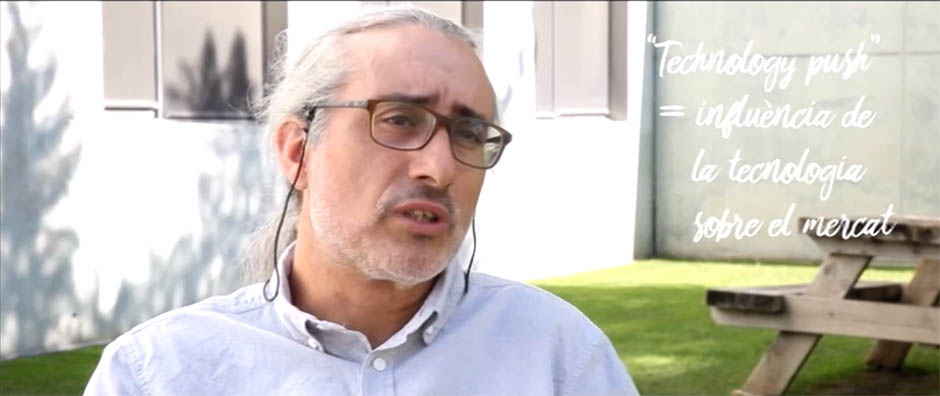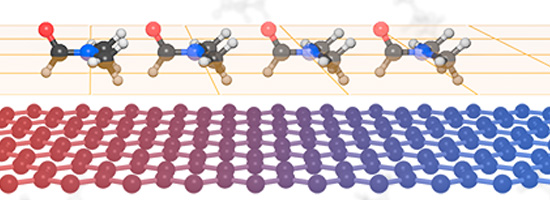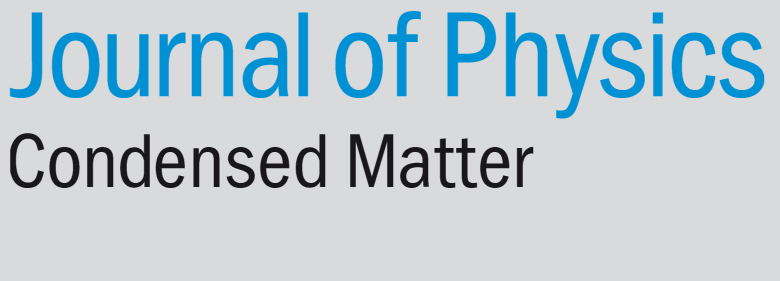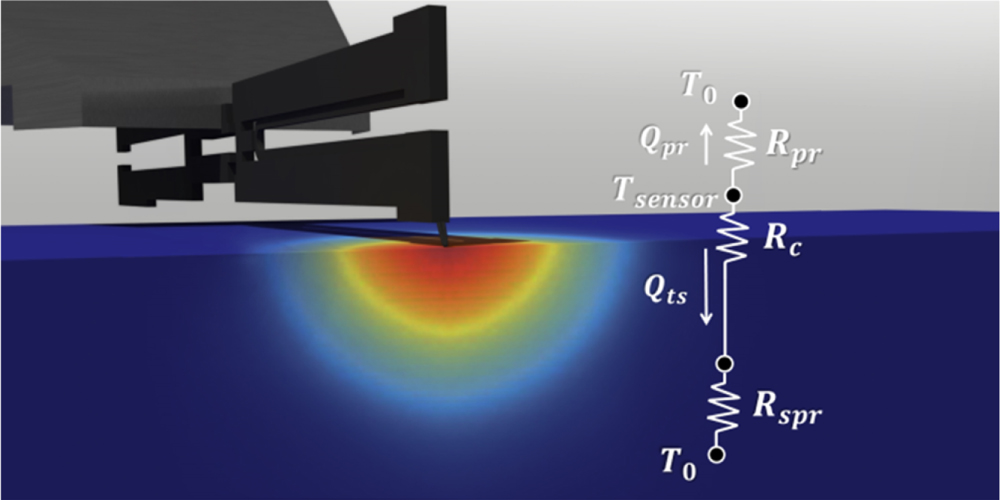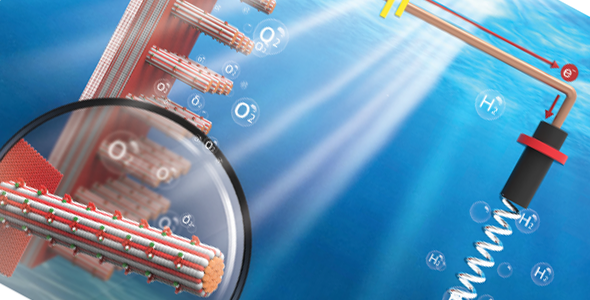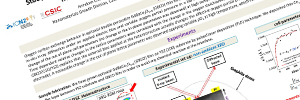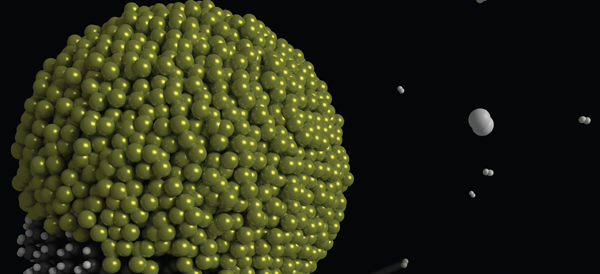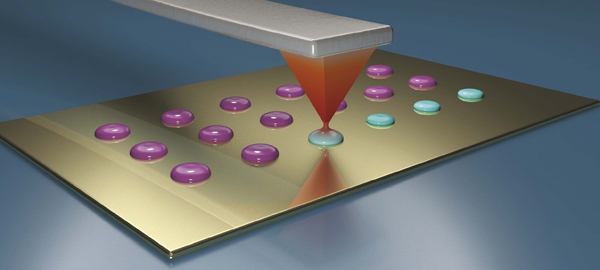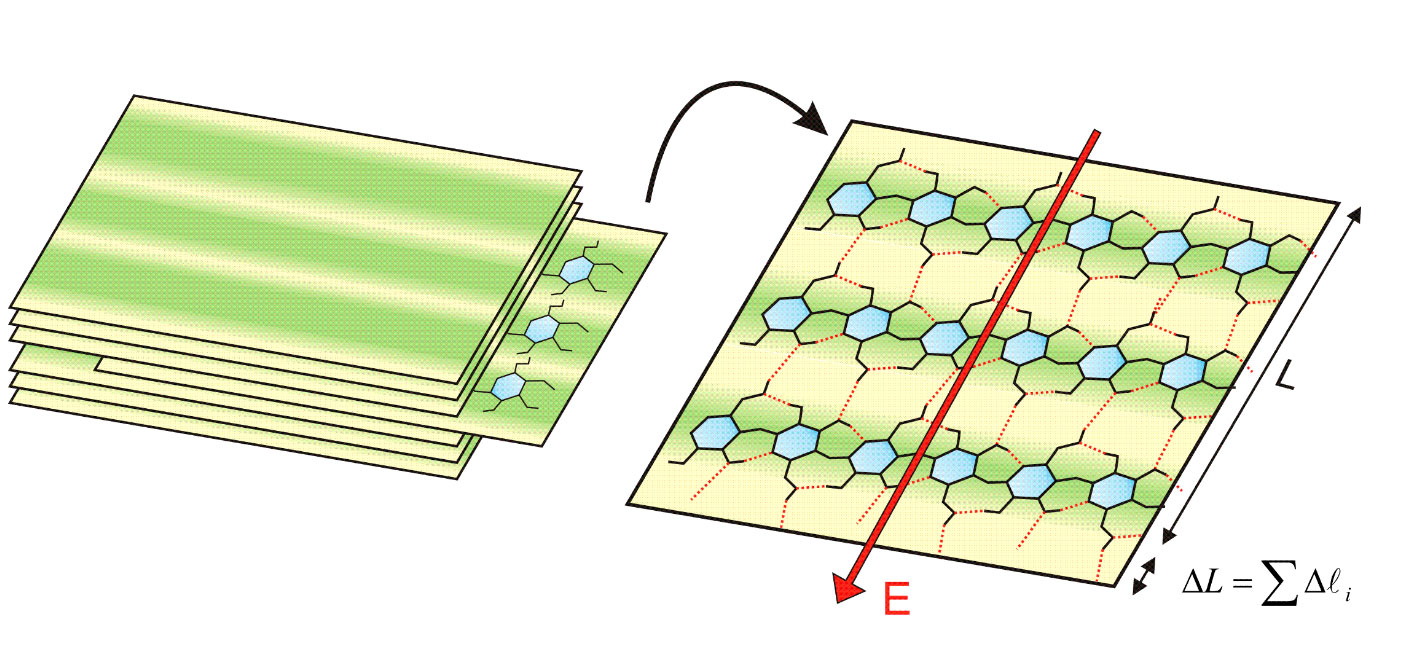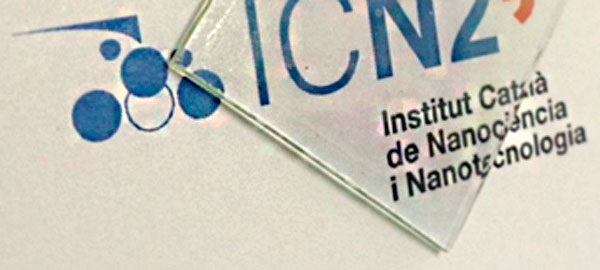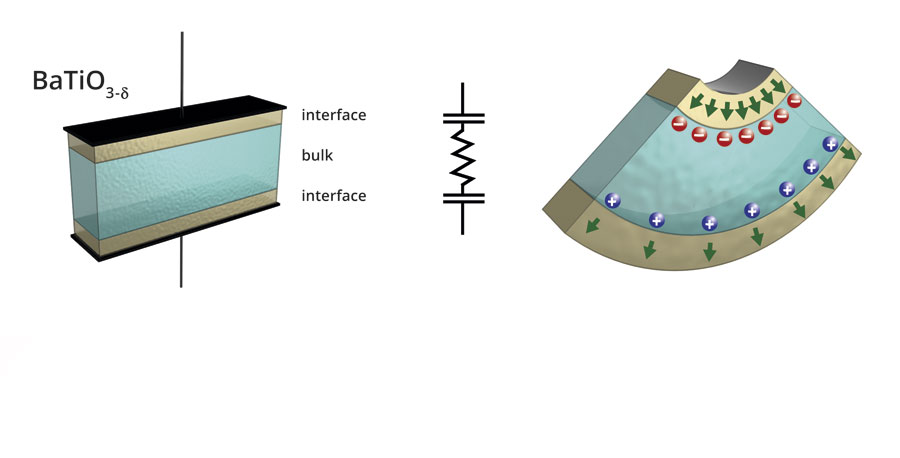Severo Ochoa Programme 2018-2022 Energy NEWS
Our Partner:
https://royalreelspokies.live/ - Royal Reels Australia. Казино Вавада открывает доступ к игровой платформе через официальный сайт Vavada. Быстрая регистрация в
Вавада казино, щедрые бонусы и регулярные турниры с призовым фондом!
Tuesday, 30 October 2018
Jordi Reverter speaks about success stories involving technologies developed at the ICN2 and encourages local companies to contact the ICN2 Business and Innovation team.
Wednesday, 24 October 2018
Disperse graphene in a suitable solvent and the resulting nanofluid will have much better thermal properties than the original liquid. Three ICN2 research groups collaborate to describe and explain this effect from the inside out. The results, published in the Royal Society of Chemistry’s Nanoscale, provide a comprehensive analysis that alternately rules out and lends support to different existing theories as to the mechanisms driving the enhanced thermal conductivity and heat exchange found in nanofluids, bringing considerable insight into the field of thermal transport in dynamic systems.
Tuesday, 15 May 2018
An ICN2 paper reporting a novel concept in transistor technology published in Advanced Functional Materials features in this month's MRS Bulletin.
Monday, 12 March 2018
Check the Advanced Functional Materials Video Abstract explaining a recent collaboration between ICN2 and ICMAB published under the title "The misfit dislocation core phase in complex oxide heteroepitaxy". Dr. Núria Bagués and Dr. José Santiso are it first authors, while Dr. Felip Sandiumenge is the last author.
Tuesday, 06 March 2018
The article entitled "On the persistence of polar domains in ultrathin ferroelectric capacitors" was included in a short list selected on the basis of a range of criteria including referee endorsements, presentation of outstanding research and popularity with the journal's online readership.
Tuesday, 06 March 2018
ICN2 researchers have developed a novel concept in transistor technology: a two-in-one power source plus transistor device that runs on solar energy. Published in Advanced Functional Materials and currently trending in the Wiley-VCH “Hot Topics” list, lead author Amador Pérez-Tomás is calling it the “solaristor”.
Tuesday, 06 February 2018
Nanotechnology publishes a yearly collection including the best articles and topical reviews published in the journal. The 2017 edition included an article by the ICN2 Phononic and Photonic Nanostructures Group.
Thursday, 19 October 2017
There’s no way that turning a material upside down makes it any softer, right? Wrong! Through the combined effect of two properties inherent to certain types of crystal, flexoelectricity and piezoelectricity, researchers at the ICN2 led by ICREA Prof. Gustau Catalán have found that polar materials can be made more or less resistant to dents when they are turned upside down… or when a voltage is applied to switch their polarisation. Published this week in Advanced Materials, this research points to the future development of “smart mechanical materials” for use in smart coatings and ferroelectric memories.
Friday, 13 October 2017
ICN2 researchers led by ICREA Prof. Jordi Arbiol, in collaboration with the IREC and ICIQ, have produced a material for use in photoelectrochemical water splitting that is not only cheaper than existing alternatives, but increases both the efficiency and output of the process. Based on the integration of several materials into a multilayer nanowire structure, the research was featured on the cover of this month’s Energy & Environmental Science.
Thursday, 27 July 2017
Arindom Chatterjee, a PhD student at the ICN2, was one of 10 awardees for Best Poster at the 21st International Conference on Solid State Ionics.
Wednesday, 23 November 2016
Researchers from Georgia Institute of Technology and ICN2 Advanced Electron Nanoscopy Group have recently published an article in Nano Letters. They show an improvement made on the growth procedure of a semiconductor nanowire at subeutectic conditions using hydrogen. These results may have a positive effect on the CMOS technology.
Wednesday, 16 November 2016
The Chemical Communications journal reviews the advances made towards the confinement of chemical reactions within small droplets. The focus of the article falls to the tip-assisted chemistry, a technique recently amended by the ICN2 Nanostructured Functional Materials Group.
Tuesday, 11 October 2016
Researchers from ICN2 Phononic and Photonic Nanostructures Group publish in Scientific Reports findings providing the basis for new electromechanical designs using 2D-nanocellulose. In a longer-term perspective, the reinterpretation of electrical features for hydrogen bonds here introduced could pave the way in the understanding of life-essential molecules and events.
Monday, 03 October 2016
An article in Advanced Materials, authored by ICN2 researchers Dr Amador Pérez-Tomás, Prof Mónica Lira-Cantú and ICREA Prof Gustau Catalan, reports the largest photovoltaic field ever observed in a photovoltaic device.
Monday, 26 September 2016
The discovery, published today in Nature, is a significant breakthrough in solid state physics and is also potentially relevant for technology. The phenomenon, called flexoelectricity, arises from the redistribution of atoms and electrons in a material when it is bent. This redistribution of charges can be used to generate an electrical current. It was already known that insulating materials can be flexoelectric. The surprise discovery is that semiconductors can also be flexoelectric, and moreover they can generate far more electricity than insulators.
Wednesday, 07 October 2015
Obtaining Hydrogen through water splitting may have broad energetic implications. Researchers from the Catalonia Institute for Energy Research (IREC), with ICREA Prof Jordi Arbiol’s Group at ICN2, recently published in Energy & Environmental Science a systematic mechanistic study of the origin of the Titanium-induced enhanced photoactivity in Hematite-based photoanodes.
